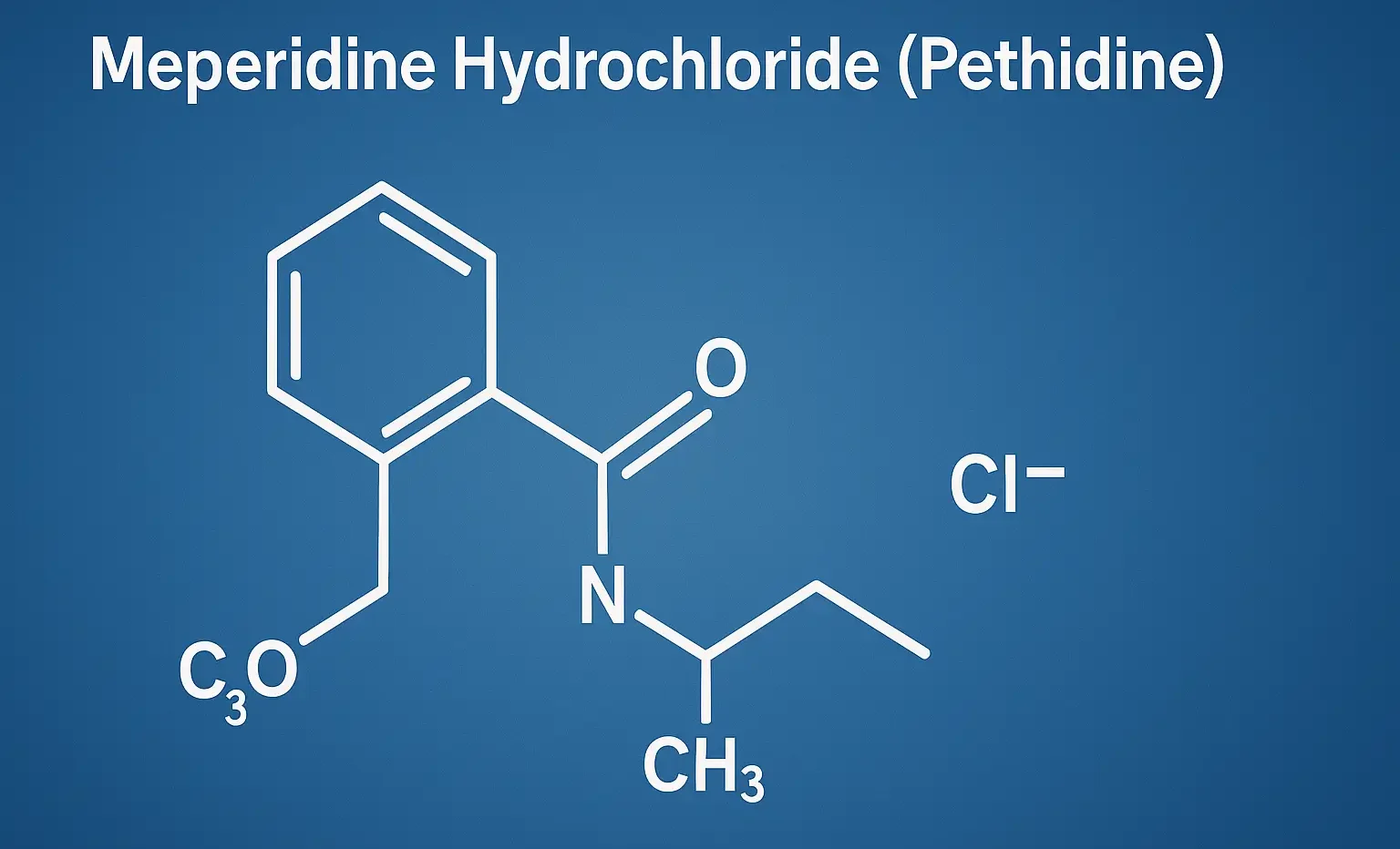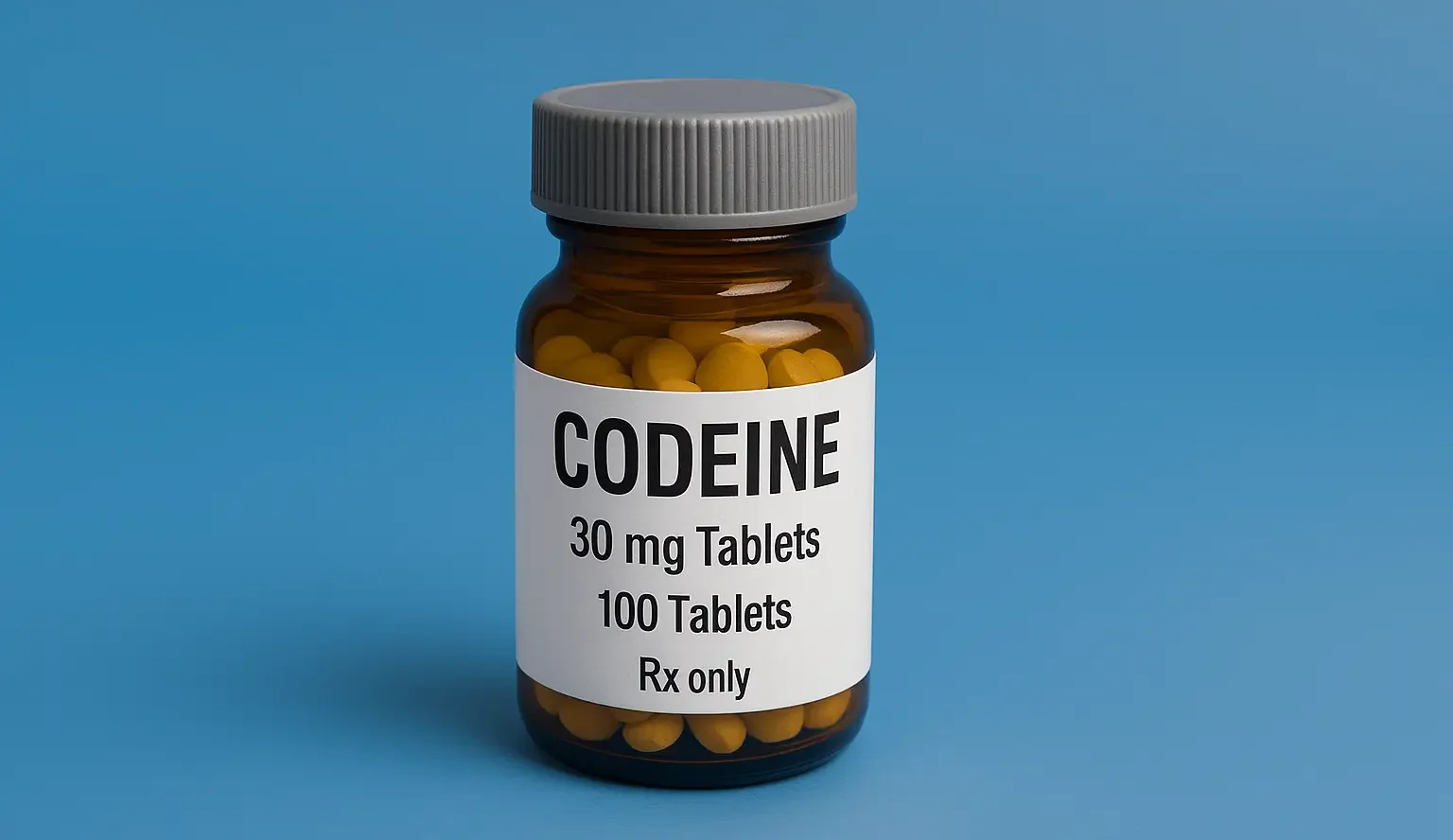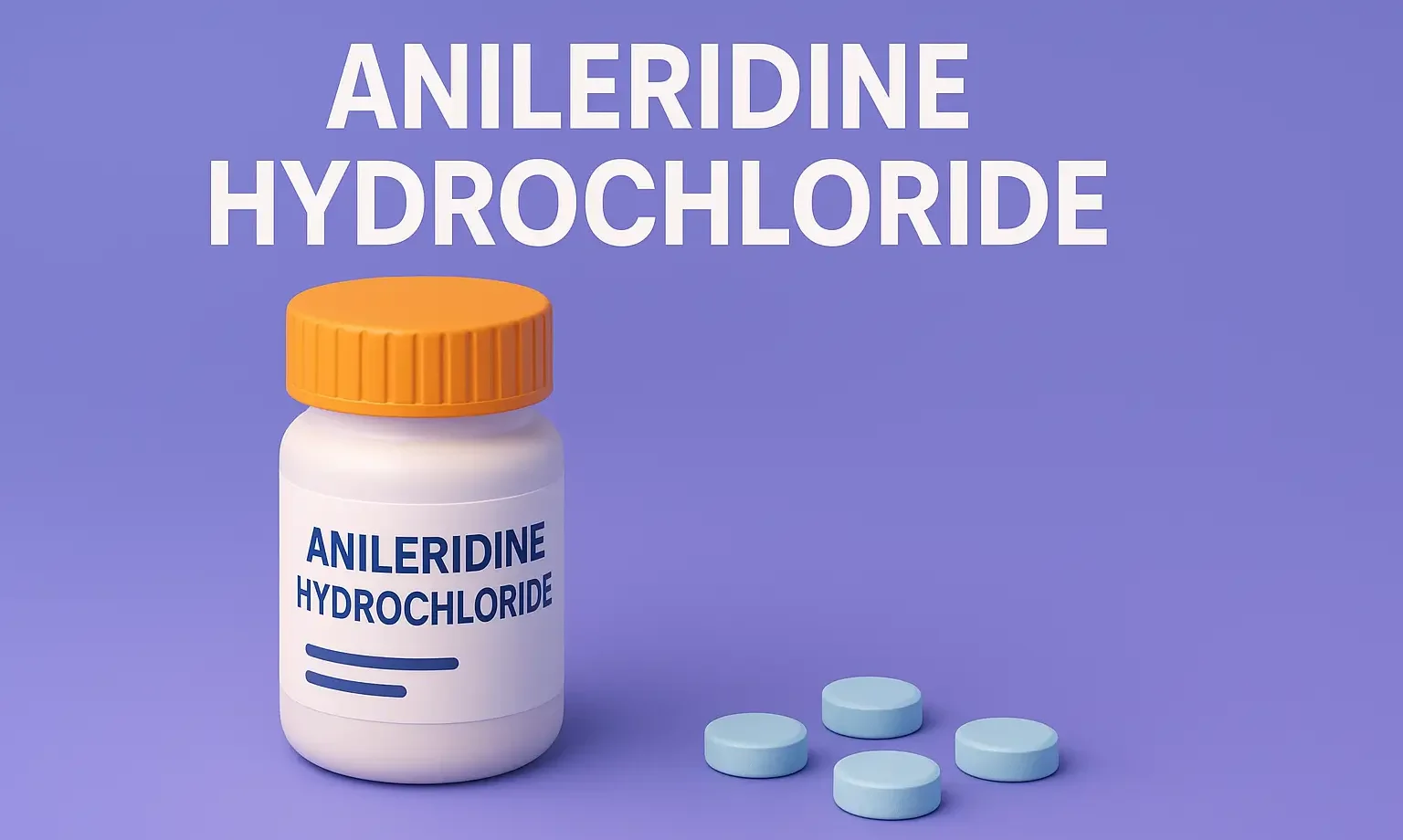Levorphanol Tartrate
Levorphanol Tartrate is a potent opioid for severe pain and neuropathic conditions. It acts on μ, κ, δ opioid receptors with long duration analgesic effects. Chemical Formula: C₁₇H₂₃NO·C₄H₆O₆ Mechanism of Action: Full μ-opioid agonist Also inhibits NMDA receptors and serotonin/norepinephrine reuptake Uses of Levorphanol Tartrate: Chronic severe pain Effective in neuropathic pain Side Effects of … Read more










